Apple Diseases and Pests: [Identification and Treatment]
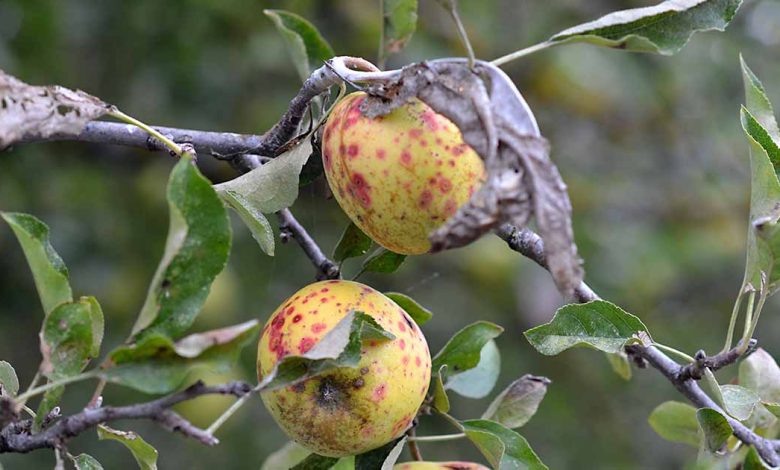
 That apple tree pests and diseases do not become a problem every time you have a planting cycle.
That apple tree pests and diseases do not become a problem every time you have a planting cycle.
Take advantage of this information and take note of the most frequent conditions, their symptoms and possible treatments.
Because nobody wants to consume bad apples, much less lose the harvest that takes so much work to produce!
apple tree diseases
Mottled
This disease produces a series of dark green spots on the back of the leaves.
As time passes and the disease grows in damage, the specks turn black damaging the leaves and affecting the strength of the tree.
At the moment when it is presented with greater force, the specks can reach the fruits, generating very visible spots on the apples.
For its development, the fungus that produces the disease lodges in the fallen leaves during the autumn.
In some places this disease is also known as apple scab.
The situations that favor the development and sporulation of the fungus are:
- Situations of high and continuous humidity (10 hours of humidity are necessary on the plant).
- Infection level of the previous year.
- Temperatures above 20ºC (vegetable with temperatures from 2º to 25º).
- Excess vigor of the plantation.
- Presence of the disease in the previous year.
- Varietal sensitivity.
- Symptoms appear 9-17 days after infection.
Source: https://www.agro.basf.es/es/Camposcope/Sections/Enfermedades-y-plagas/Identifica-el-moteado-a-tiempo/
Apple Mottle Treatment
In the case of prevention, it is best to collect the fallen leaves during the fall to prevent microorganisms from being generated by the humidity.
In addition to that, when spring begins when there is humidity and low temperatures, it is best to apply fungicides aimed at this disease.
A good ally around this matter is sulfur.
powdery mildew
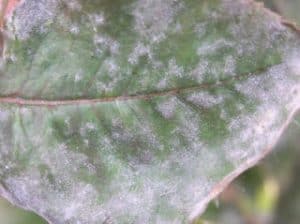
It is one of the most common diseases in trees whose fruits contain stones or seeds, as in this case.
Its main symptom occurs with the presence of white spots in many areas of the plant such as the leaves and stems.
When it is present, the plant begins to grow much more slowly than usual, which delays work in the field.
In other stages, the leaves begin to fall and the tender fruits too, thus causing the harvest to fail.
Apple tree powdery mildew treatment
The disease reproduces and takes hold when there is high humidity in the environment.
It is for this reason that many specialists in its cultivation advise that the trees be planted with a good separation from each other.
This measure helps the branches to occupy a good space and let the moisture flow.
In addition to that, as in the previous case, it is a good plan to use sulfur-based fungicides.
These can be applied especially at the base of trees, very close to the ground.
Rust, black rot or apple scab
The black veins and necrosis caused by Black Rot, Black Rot or Apple Scab are very distinctive and most people can easily identify the disease if they know what symptoms to look for.
Many experts agree that this disease has characteristic symptoms, but have mentioned that there are other crop problems that can be misdiagnosed as symptoms of this disease.
When an apple tree begins to show dark spots on its leaves or fruit, it is most likely scab.
These spots are initially brown but then darken until they are black.
 If the disease is not controlled in time and it severely affects the apples, the entire harvest can be lost.
If the disease is not controlled in time and it severely affects the apples, the entire harvest can be lost.
Even worse cases could even be reached because the scab is capable of damaging the entire plant, making its recovery impossible.
Scab is also known as black rot or apple scab.
- Symptoms: Brown or olive-green spots appear on the leaves of the apple tree, which can then curl and fall off. Dark green spots appear on the surface of the apple, which later become darker, scaly and even cracked. Infected fruit often drop, and infections may limit flower formation.
- Causes: Spores are released from infected apple leaves that have remained in the soil over winter. These spores infect nearby apple trees. Apple scab can also spread from nearby trees that are already infected. Frequent rains and prolonged leaf wetness favor conditions for scab infection.
- Treatment: Rake the leaves and remove them from the orchard before May. Remove abandoned apple trees within a 100-yard radius of your orchard. The University of Maine Cooperative Extension recommends applying preventative sprays such as captan, sulfur, or other fungicides.
- Season: According to UMaine Cooperative Extension, infections can occur as early as May, when green tissue emerges from the bud. The disease continues to spread throughout the season with each rain.
- Risk: Apple scab rarely kills trees. Severe cases can cause complete defoliation in early summer. Repeated infections will weaken the tree, making it susceptible to other diseases.
Apple rust treatment
To deal with scab on the apple tree, a first good plan is to work with the pruning of the affected areas.
In this way, the disease will be prevented from spreading to other areas.
It is also advisable to apply fungicides adapted to this type of disease such as sulfur or copper or, failing that, a pesticide.
These will be useful at times when the scab is not so advanced because, if it is, there will be very little that can be done.
For its prevention, copper oxychloride and nettle slurry are recommended .
powdery mildew
Symptoms: The fungus causes gray-white powdery spots to form on the leaves. Tree growth often appears stunted or distorted, and flowers do not produce fruit. Leaves and shoots may turn brown in mid-summer.
Causes: The fungus overwinters inside infected buds. When these buds open in spring, they become covered with the powdery spores. The wind carries the spores to infect new leaves, fruit and shoots.
Treatment: Prune infected branches and twigs early in the season. If the disease is severe, fungicides can be used for treatment.
Season: This disease prefers hot, dry conditions and begins to spread when buds open in the spring.
Risk: Powdery mildew does not kill your tree, but it does slow down its growth and fruit production.
fire blight
Symptoms: Fire blight causes infected flowers to turn black and die. The disease travels along the branch, killing the twigs.
Twigs blacken and curl, and leaves on affected branches begin to shrivel and turn black. The leaves usually remain attached to the trees. The affected parts of the tree can be the flowers, the stems, the leaves and the fruits.
Your apple tree will begin to develop a burnt or fire-scorched appearance. The bacteria survive in the cankers, and they appear as lesions and holes in the tree.
Causes: The bacterium Erwinia amylovora causes fire blight.
During spring and wet weather, a milky fluid can be found oozing from infected areas. This liquid contains fire blight pathogens, which insects and rain splash can spread to other trees.
Treatment: Fire blight is difficult and expensive to control.
There is no cure for this disease, so prevention is essential. Preventive controls include selection of tolerant apple varieties and application of bactericides and insecticides.
Prune blackened branches and cankered branches using sanitized tools during the dormant season.
Destroy all infected pruning debris by burning or burying it. If fire blight has been severe the previous year, a copper fungicide spray applied immediately before flowering is recommended.
Season: The first symptoms of fire blight appear in early spring. It is most active when temperatures are above 60 degrees Fahrenheit, and the weather is humid or wet.
Risk: This bacterial disease spreads quickly and can kill apple trees when conditions are right.
bitter rot
Symptoms: Concentric ring lesions extend to the core of the fruit.
These lesions usually appear on the side of the apple that receives more direct sunlight. An unpleasant-smelling rot develops. As the infected fruit matures, it continues to rot and dry out.
Causes: Bitter rot does not require the fruit to have a wound to establish infection.
The fungus can infect fruit through direct penetration of the skin. These concentric rings begin to ooze a pink, jelly-like substance made up of spores. This spore mass is spread by rain to other fruits.
Treatment: Removes diseased fruit, dead wood and cankers formed in the wood tissue.
Fungicide application every 10 to 14 days until harvest and more frequently under preferred bitter rot conditions.
Season: Bitter rot occurs in the summer when conditions are hot and humid.
Risk: Bitter rot can cause serious damage to your crop.
cork stains
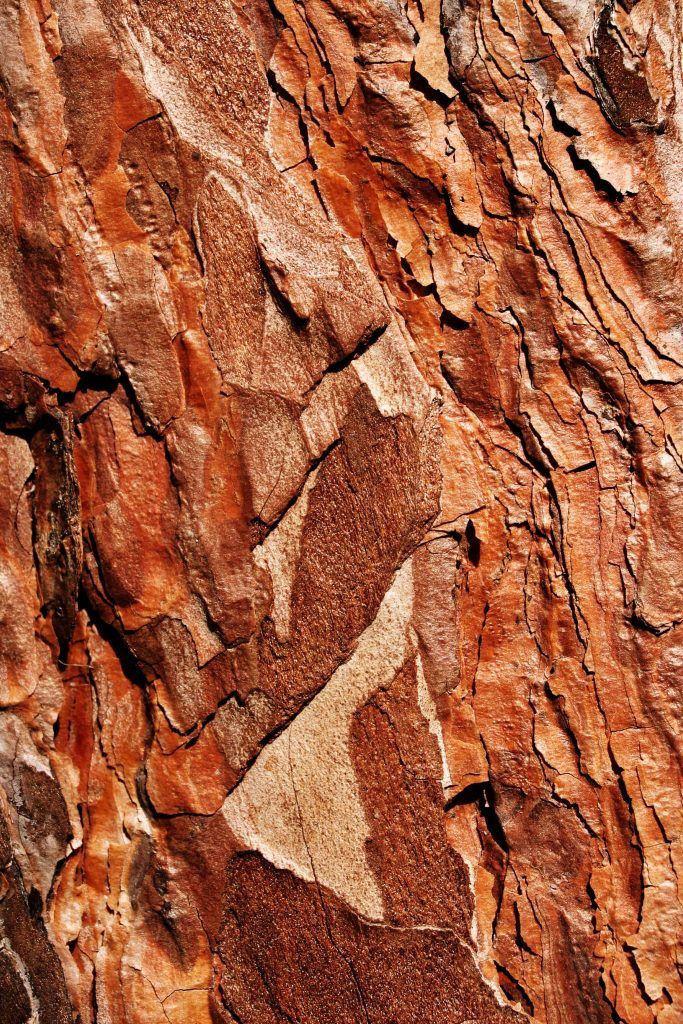
Unlike the previous cases, cork stains are not caused by a fungus or bacteria.
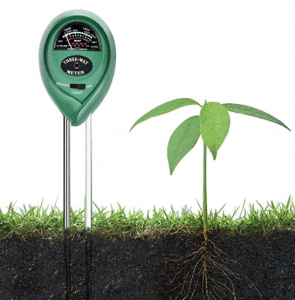
This type of disease is rather caused by the lack of adequate nutrients in the tree for its development, especially calcium.
In addition to that, the pH level it has is low, which prevents the plant from being able to perform its growth work optimally.
Its presence in the apple trees will be noticed as if they had been attacked by insects that eat their leaves.
And, although it is a fact that it does not cause any kind of harm to humans who may consume the fruit, it does reduce its attractiveness and value for commercial sale.
Treatment of cork spots on the apple tree
To prevent an apple tree from suffering from cork stains, it is best to work with good products in its fertilization.
This action will help the plant to be strengthened to carry out its process and bear fruit in optimal conditions.
Apples are delicious fruits that the majority of the population likes to consume, which is why their production has increased a lot in recent years.
This, as is logical, has led to an important need to redouble care to prevent apple trees from falling victim to diseases.
Soot stains and fly bites
Symptoms: These are fungi that grow on the surface of apples. They cause stains on the surface of the apple, but do not damage the apple itself. They usually appear together and develop in late summer.
Fly spot is a fungus that appears as circular clusters of tiny, sharp black dots.
The soot spot forms irregular olive-green spots around the surface of the apple.
Visible symptoms take a month or more to appear after infection. Sooty spot and mottle prefer high humidity conditions on large trees with no pruning or heavy morning dew.
Causes: The fungi that cause these two diseases overwinter on the twigs of apple, pear, and woody plants. Spores of soot spot fungus and fly speck fungus splash onto fruit when it rains. The spores can also become airborne and affect nearby fruit.
Treatment: UMaine Cooperative Extension recommends applying a fungicide in mid to late July, with a second application in August. Prune and thin apple trees to increase air circulation and dryness.
Season: The hot and humid climatic conditions of August and September favor the development of the disease.
Risk: These two diseases do not cause rot in the fruit. Affected apples are fit for consumption.
Pests that attack the apple tree
aphids
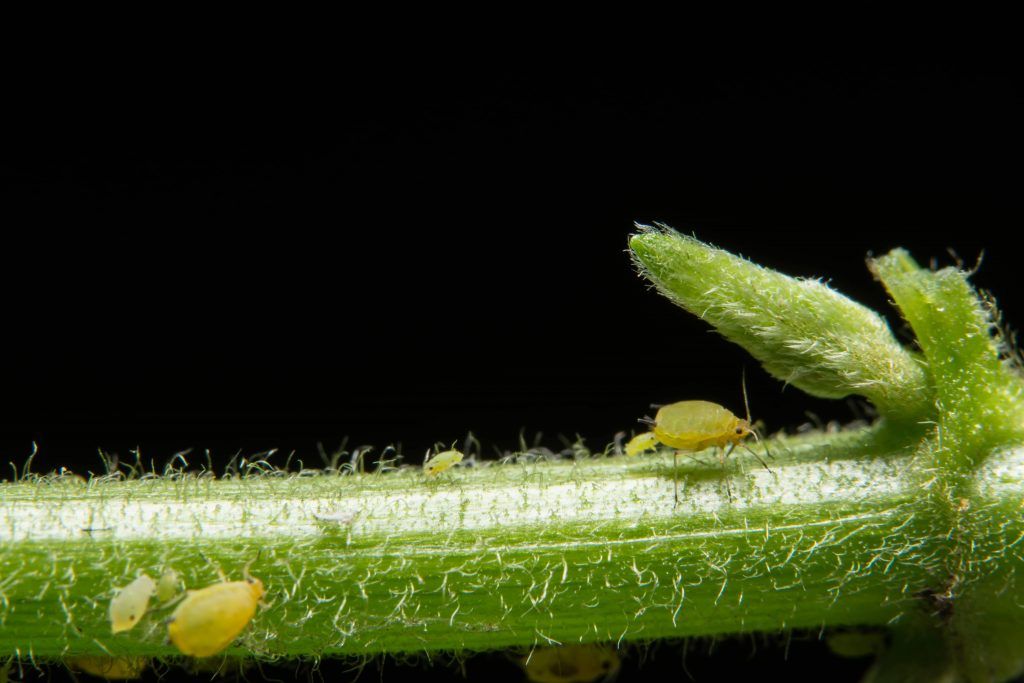
Aphids are common in cucurbit, Rutaceae and Malvaceae crops, while the latter (better known as green aphid or peach aphid) is more common in fruits and certain vegetables.
They are small insects, of varied colors and with a smooth and ovoid body. Some have wings and have small appendages on their abdomen that allow them to secrete a substance that repels their natural enemies.
The apple tree is mainly affected by four types of aphids: woolly, brown, green and ashy.
For its prevention, it is recommended to apply potassium soap and neem oil.
carpocapsa
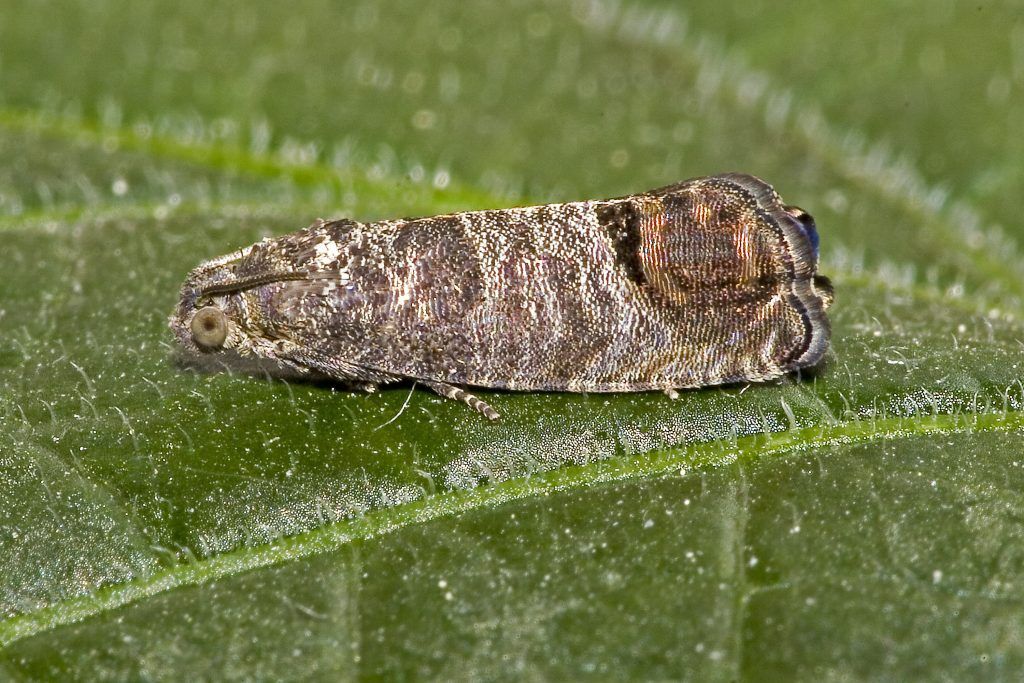
It is a butterfly that appears during the summer, its caterpillar is pink and feeds on what it finds inside the fruits, causing them to fall prematurely or directly putrefy.
For its control, it is recommended to apply Bacillus Thuringiensis and neem oil.
drill butterfly
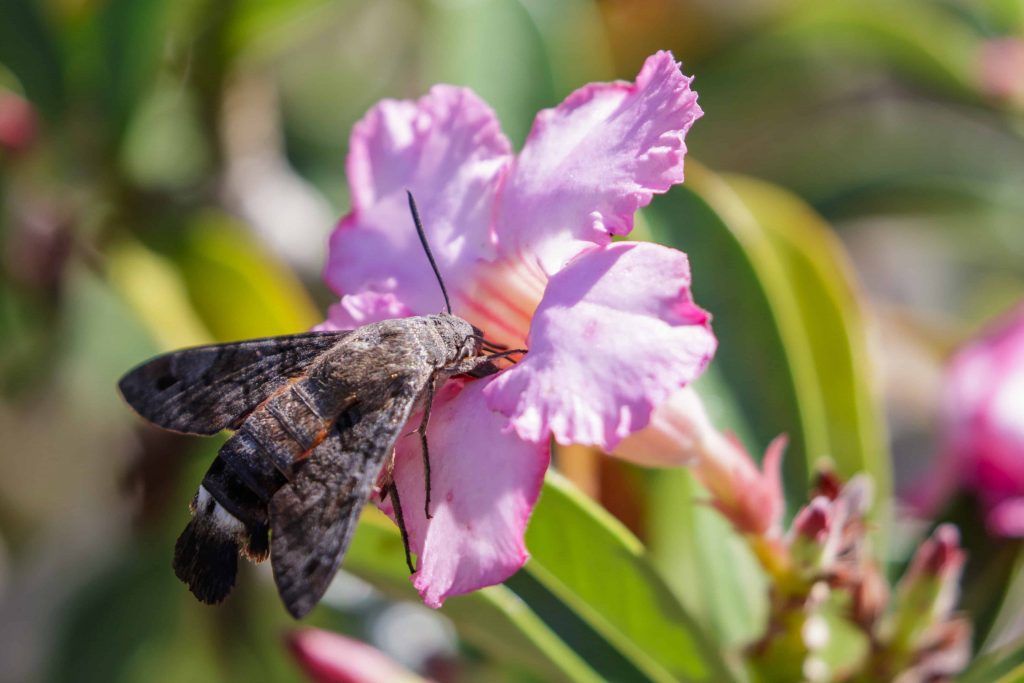
The drill butterflies, specifically the Zeuzera or yellow drill and the Cossus or red drill, usually open galleries in the branches of trees.
For its control, it is recommended to apply Bacillus Thuringiensis and neem oil.
Other Potential Apple Tree Problems
What is the white powder that appears on the leaves of my tree?
It is the powdery mildew disease. A significant infection can reduce the vigor of the tree.
Question: The leaves on my tree have developed black and greenish spots and are falling off prematurely. What happen?
Your tree is affected by apple scab disease. This disease can also attack the fruits (see below).
Why have the leaves on a branch of my apple tree turned silver?
The most likely cause is a disease called silver leaf, which can also cause branch dieback.
The leaves of the young shoots of my apple tree are curled and sticky. What is the cause?
The shoots are infested with aphids.
Hay varias especies que pueden afectar a los manzanos; algunas especies abandonan el árbol en verano para buscar otras plantas huésped, mientras que otras permanecen en el árbol. La sustancia pegajosa que producen los pulgones es la melaza, que puede dar lugar a la aparición de hongos.
El infrecuente pulgón rosado del manzano hace que las hojas se deformen y se vuelvan rojas.
El pulgón rosado del manzano es una plaga frecuente y provoca hojas rizadas de color verde amarillento; también puede afectar a la fruta (véase más adelante).
¿Qué se come las hojas de mi manzano?
Las orugas de varias especies de polillas se comen las hojas de los manzanos.
- Las orugas de la polilla de invierno son especialmente problemáticas entre el brote y finales de mayo, ya que también se comen las flores y dañan los frutos jóvenes.
- The caterpillars of many tortrix moths protect themselves when feeding by entwining the leaves with silk threads. Some species of tortrix can also damage fruit
- Cod moth caterpillars, a type of tortrix, feed exclusively within fruit
- Young leaves that are misshapen and full of small holes may have been damaged by boll bugs.
What are the narrow, curved, brown or white lines that appear on the leaves of my apple tree?
They are holes produced by the caterpillars of the apple leafminer moth. They do not cause significant damage to the tree, so control measures are not necessary.
Some of the fruit on my tree have turned brown and rotten and are covered in light brown pustules.
What is the cause?
The fruits are affected by the fungal disease of brown rot.
What disease has caused the brown lesions and cracks on the apples?
These are the symptoms of apple scab on fruit.
Why do some of my apples have black markings on the outside?
The fruit may have been affected by the fungi that cause spot diseases. See above under apple tree diseases.
The fruits fall from my apple tree and have been eaten from the inside, what pest is responsible?
The two most common pests are the apple fly and the codling moth.
Fruit affected by apple sawfly larvae usually drop from the tree in June or early July.
Sometimes sawfly larvae feed only under the skin of young fruit, instead of penetrating the core; these fruits usually survive, but have a long ribbon-shaped scar on the outside when ripe.
Apples attacked by codling moth do not fall until the fruit is ripe.
Why are some fruits on my apple tree bulging and misshapen?
If the fruits are undersized, with a flattened appearance at the eye end, it is likely that the affected fruits have been previously infested by roseate apple aphid.
If there are isolated, corky bumps, boll bugs may be responsible.
The fruits of my apple tree have brown specks inside and a bitter taste, what is happening?
This is a disorder known as bitter pit (bitter bone), caused by a low level of calcium in the developing fruit.
Why do large numbers of apples usually fall from my tree in mid-summer?
The most common cause is a phenomenon known as the June drop (although it can occur in both July and June).
This is a natural process, during which the tree reduces its total harvest to a level where the remaining fruits can receive adequate nutrients until they mature.
If initial fruiting has been poor (see below), June drop will be small.
The magnitude of the drop can also vary depending on the cultivar and the age of the tree (young trees are usually more affected).
Some pests and diseases can cause fruit drop, as can adverse growing conditions such as severe drought.
My apple tree hardly bears fruit. That could be happening?
The possible causes of the unproductivity of fruit trees are:
- Bad weather restricts the activity of pollinating insects during flowering.
- Excessive cold damage to flowers.
- Birds (eg bullfinches) eat the flowers.
- Lack of a pollinating partner: You may have to plant another type of apple tree.
- Biennial Yield: Some trees have a habit of alternating a heavy crop year with little or no fruit the following year.
- Young tree: it can take a few years to start bearing fruit (this can vary depending on the cultivar and the rootstock it is growing on).
- Bad pruning technique.
- Poor growing conditions, eg drought, excessive shade, lack of nutrients.
It seems that my tree is dying. I have dug to see the roots and there are many of them are soft and brown, what happened?
The deterioration of the roots of apple trees can be the result of the attack of a root disease. The two most common are honey fungus and Phytophthora root rot. Both can also affect the base of the stem.
Root rot can also be caused by waterlogging or overwatering.
Note that Phytophthora root rot is favored by waterlogged or waterlogged conditions.
The buds, twigs and branches of my apple tree are dying, what could be happening?
Branch death can be another symptom of root problems, as the tree struggles to absorb water through its malfunctioning root system
If death accompanies areas of sagging, dead bark, the most likely cause is apple canker. This disease can affect the branches and the main trunk.
If the dead branches have numerous pinhead-sized, raised, coral-pink pustules, then it is coral spot. The fungus usually attacks trees that are already weakened or dying due to other problems.
Death of numerous shoots in late spring, with leaves wilting and turning brown after flowering, is usually the result of fungal blossom wilt disease.
Death due to flower wilting rarely progresses beyond 15-30 cm.
Shoot death at this time can also be caused by bacterial fire blight, but this is much less common. Death due to fire blight usually extends farther down the shoot than flower wilt, and may reach the main branches.
If branch dieback is preceded by silvering of the leaves, the most likely cause is silver leaf disease. Check if the affected branch has the characteristic stains of the wood.
The buds, twigs and branches of my apple tree are covered with a gray crust. Is it harmful?
No, it is a harmless lichen. An accumulation of lichen near the tips of the shoots may indicate that your apple tree is lacking in vigor.
In such a case, focus on winter pruning and spring/summer feeding to promote more active growth.
On my tree there have been bumps on the bark, covered with a white fluffy substance. It is a disease?
No, it is a pest called woolly aphid. Brown-black aphids secrete white wax as a form of defense.
Additional bibliography and references
- https://www.phytoma.com/plant-health/plagas-warnings/manzano-plagas-y-enfermedades-julio-2018
- https://nuestraflora.com/c-plagas-y-enfermedades/enfermedades-del-manzano/
- https://www.lahuertinadetoni.es/plagas-y-enfermedades-mas-comunes-del-manzano/
- https://www.vix.com/es/imj/hogar/6122/enfermedades-mas-comunes-en-los-manzanos
- http://www.sidalc.net/cgi-bin/wxis.exe/?IsisScript=FAUSAC.xis&method=post&formato=2&quantidad=1&expresion=mfn=028019
- https://200.62.146.19/BVRevistas/entomologia/v36/pdf/a03v36.pdf
- https://ria.asturias.es/RIA/bitstream/123456789/5502/1/Archivo.pdf
- https://bdigital.zamorano.edu/handle/11036/2885


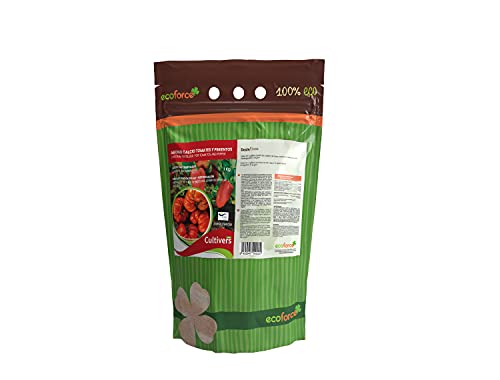
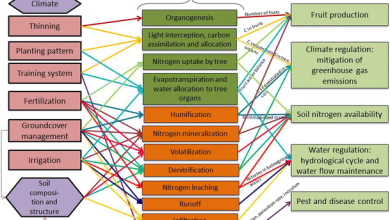

![Photo of What is a Germinator? How can we make a homemade one? [Complete Guide]](https://www.complete-gardening.com/wp-content/uploads/2022/08/what-is-a-germinator-how-can-we-make-a-homemade-one-complete-guide-390x220.png)
![Photo of How to Fertilize Manzano: [Dates and Ways to Do It]](https://www.complete-gardening.com/wp-content/uploads/2022/08/how-to-fertilize-manzano-dates-and-ways-to-do-it-390x220.jpg)